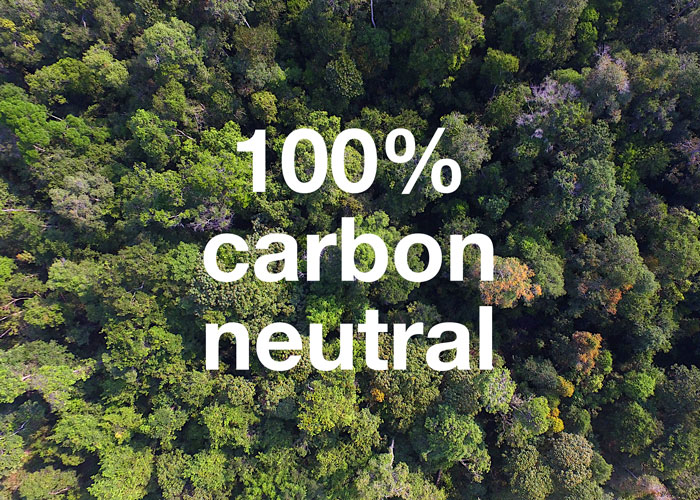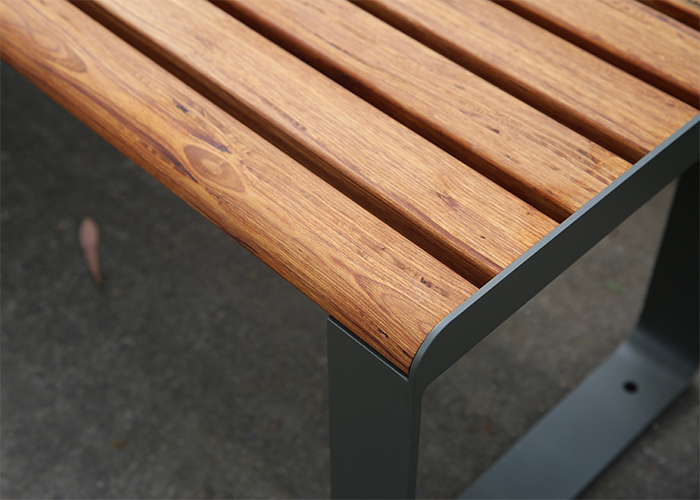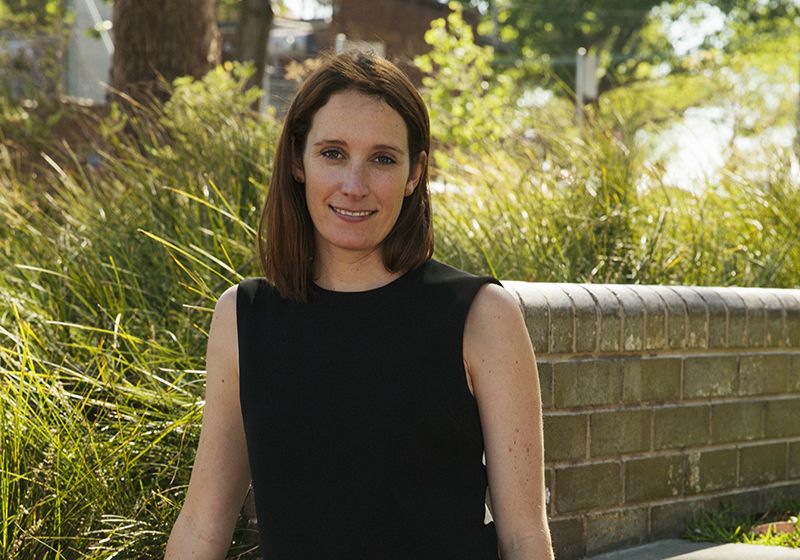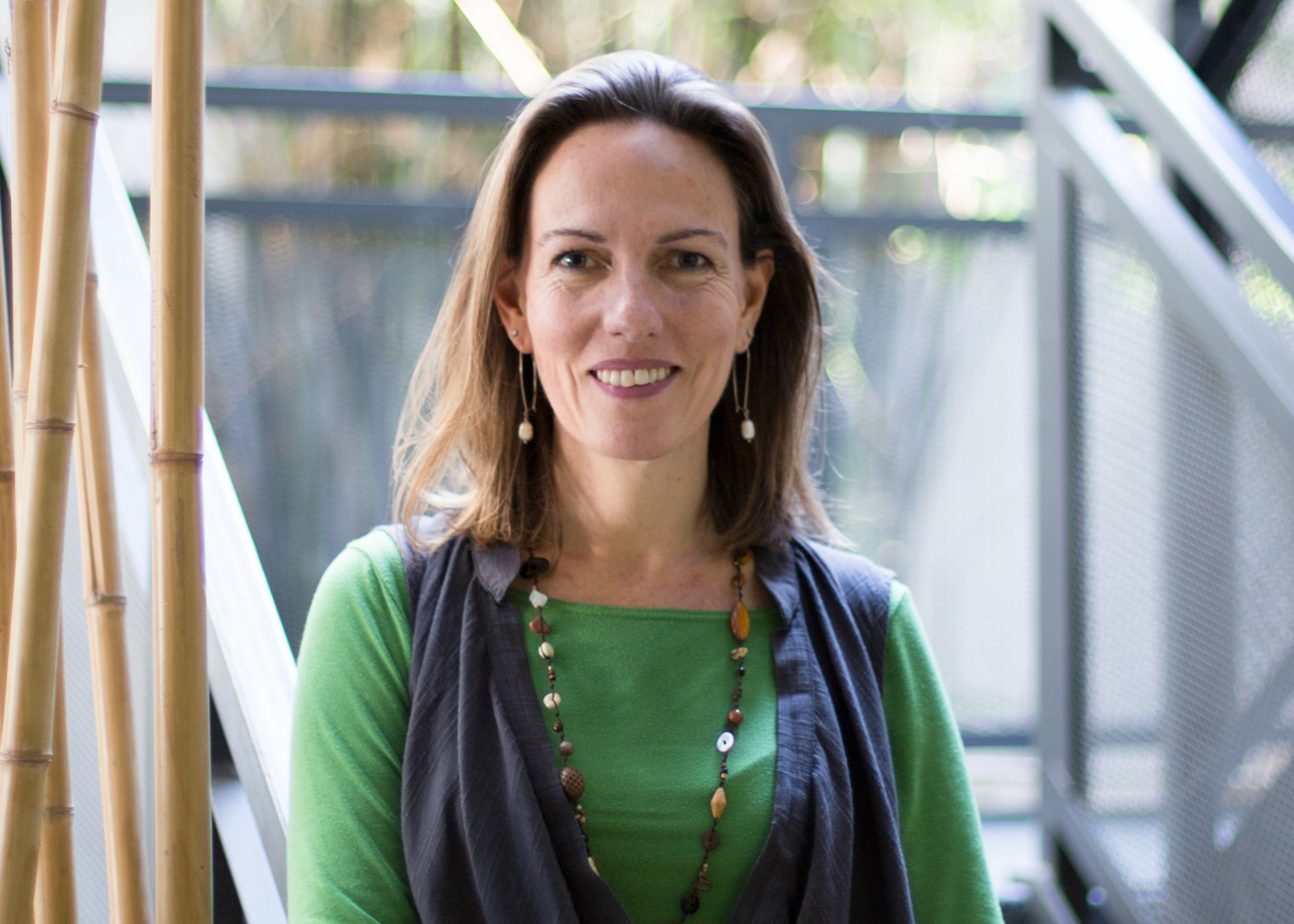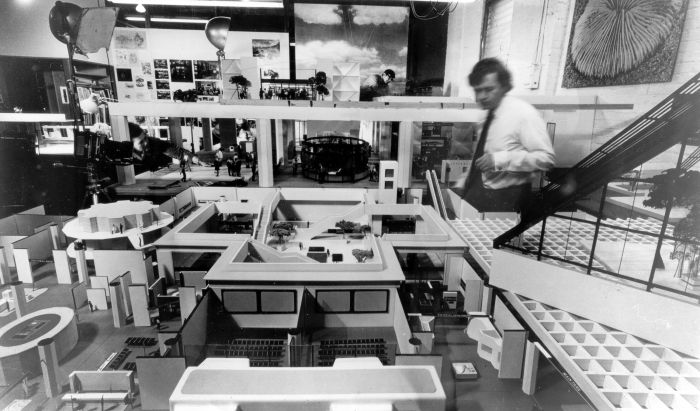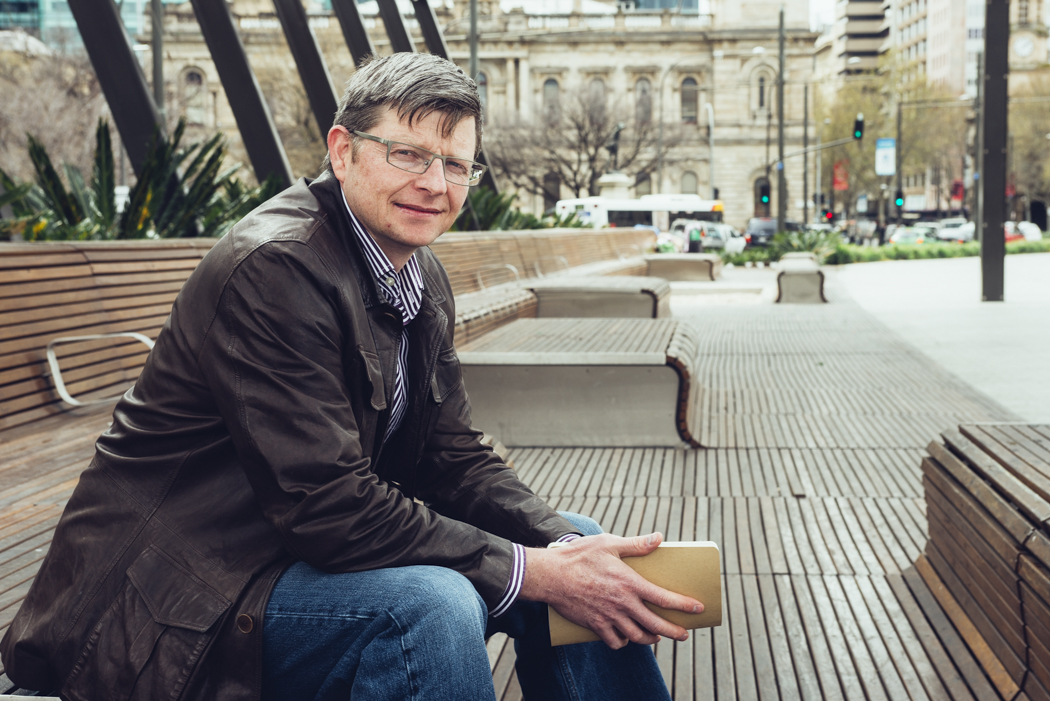
Landscape architect Damian Schultz. Photo: Lee Knowles
Street Furniture Australia chats to Damian Schultz, co-director at landscape and urban design firm Taylor Cullity Lethlean (T.C.L.) in Adelaide.
Tell us about your path to becoming a landscape architect.
I was very fortunate at the young age of around 12 years old to realise my passion for the built environment and design. I focused my school studies in art, design, physics, geography, woodwork, metalwork, plastics, agriculture and technical drawing, as well as maths and English, to prepare myself for a career path in architecture, landscape architecture, graphic or industrial design. Any part-time work I undertook was also related, working in hardware stores, paint shops or labouring (paving, landscaping or painting) to develop such skills I deemed appropriate.
I was privileged to enrol in Architectural Studies at university and then transfer mid-course to complete a degree in Landscape Architecture – I was one of the first graduates of this course at the University of Adelaide.
“I am influenced by the beautiful detailing of architecture and industrial design, environmental graphic design and illustration.”
What inspires you in your work?
I am passionate about the interface between structures and soft landscape, the idea of the collaboration of different professions working together and the specific detail of how allied professions all come together to create a unified and integrated outcome. I am influenced by the beautiful detailing of architecture and industrial design, environmental graphic design and illustration.
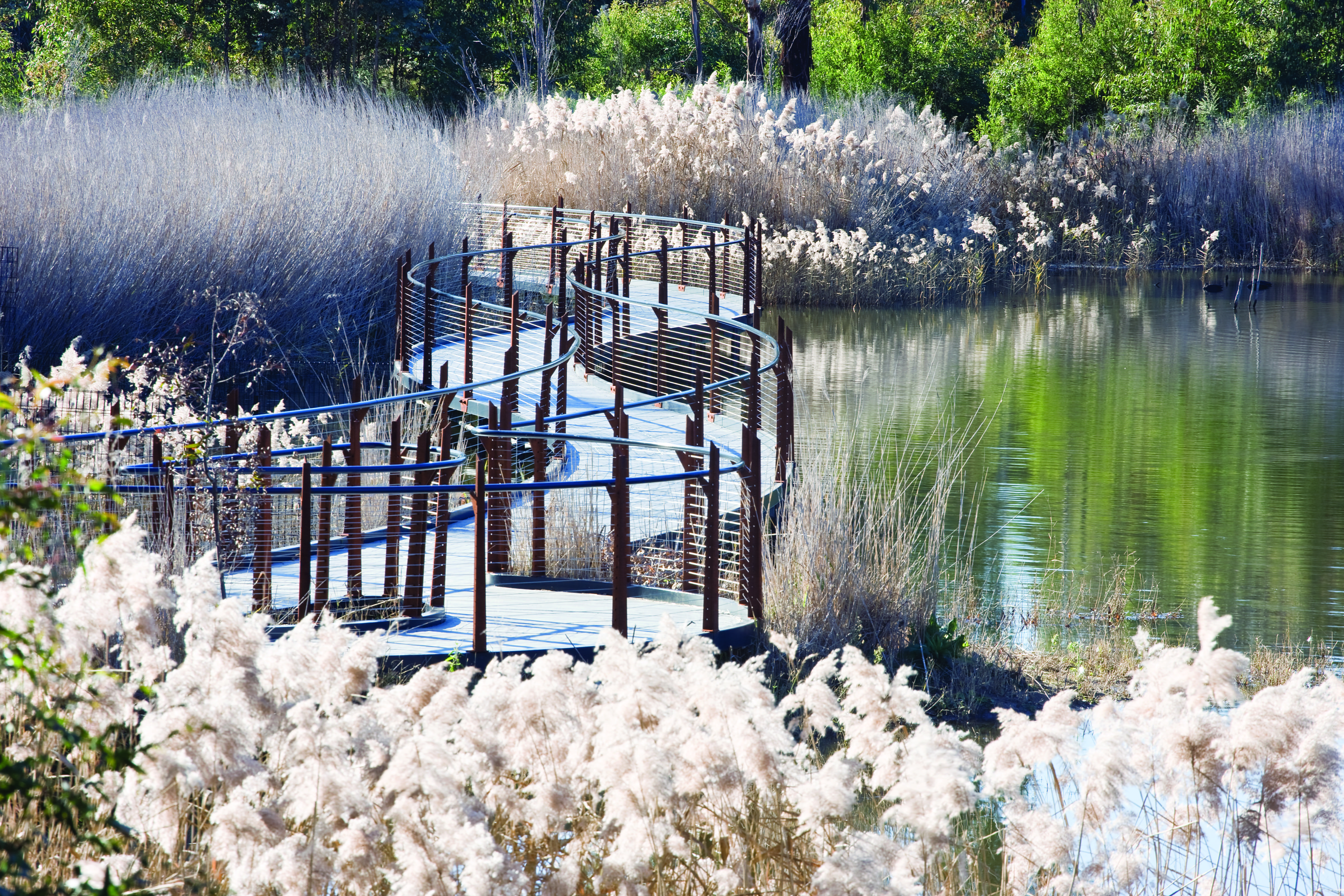
View of the 2.1 km loop track at the Tidbinbilla Nature Reserve, ACT. Photo: T.C.L.
How broadly do you incorporate sustainable practices in your designs?
Sustainability is a core value of the way I think about design. I am privileged to be involved in a large diversity of projects that highlight the different ways to integrate sustainable practices in design, including:
- embedding water sensitive urban design principles into the outcomes;
- careful plant selection using low water hardy species;
- LED lighting selection;
- localised soil remediation and enhancement.
What are you excited to be working on at the moment?
I am currently involved in a large variety of projects that keep me passionate about my career. These include:
- a shopping centre redevelopment: designing a Town Mall with bespoke planters, seating and lighting pendants;
- undertaking the redevelopment of the Adelaide Festival Centre with ARM;
- Pedestrianisation of the central spine at Queensland University of Technology at Kelvin Grove with Wilson Architects and Henning Larsen Architects.
Do you engage in mentoring, or work with universities?
I have been involved in a variety of roles with universities and students studying landscape architecture. I was a guest lecturer for a number of years providing practical knowledge on construction and contract administration, and I am passionate in nurturing the next generation in this field. For the last 10 years I have been involved in mentoring students of Landscape Architecture in their final year, and guiding fourth-year students through a 12-week internship program in our studio.
What are your strengths as a landscape architect?
I have been fortunate to develop skills in all areas of landscape architecture, from spatial planning and detailed design to the complexities of project management. I thrive in collaboration and problem-solving during design development and construction to find solutions across multiple design and engineering disciplines.
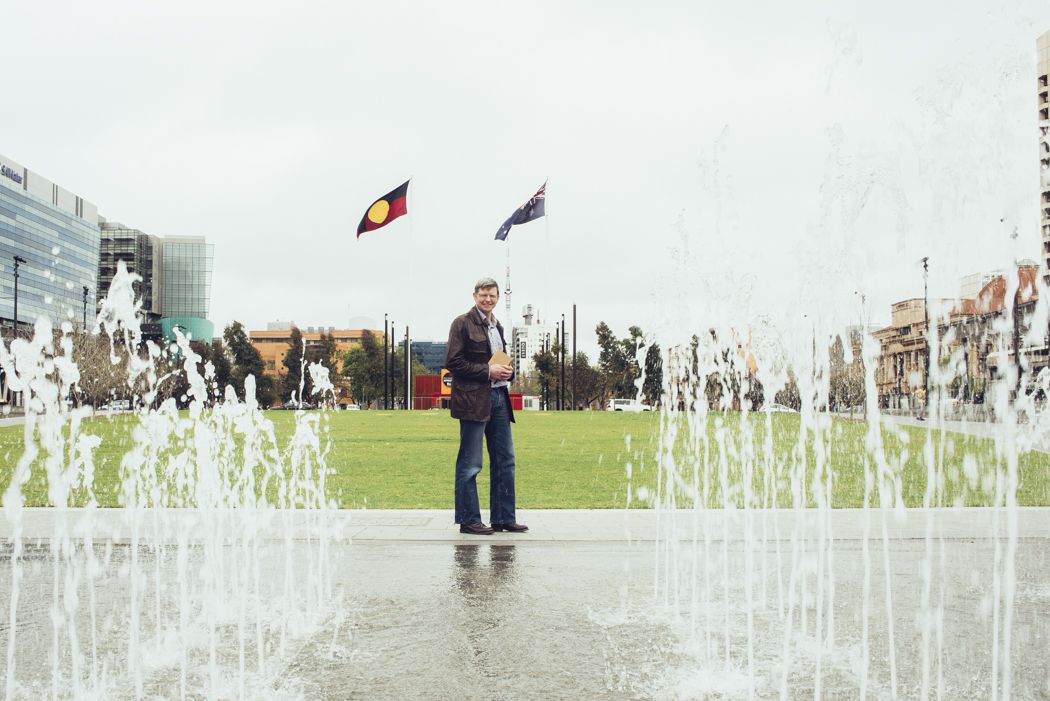
Damian Schultz at the Victoria Square water feature in Adelaide. Photo: Lee Knowles
What makes Adelaide a dynamic city to be working at the moment?
I have been fortunate to travel overseas and have first-hand realisation that Adelaide is a beautiful and vibrant city!
Significant investment in Adelaide Oval, Victoria Square, North Terrace, the Riverbank Precinct and former Royal Adelaide Hospital site is changing the structural focus of the city and will provide greater opportunities for the future.
Adelaide projects have sometimes seen conservative outcomes but, as the population evolves, the city plans are attempting to improve and highlight the best of South Australia. The city activation program has been successful in realising that great city places cater for both people and events, in both formal and informal ways.
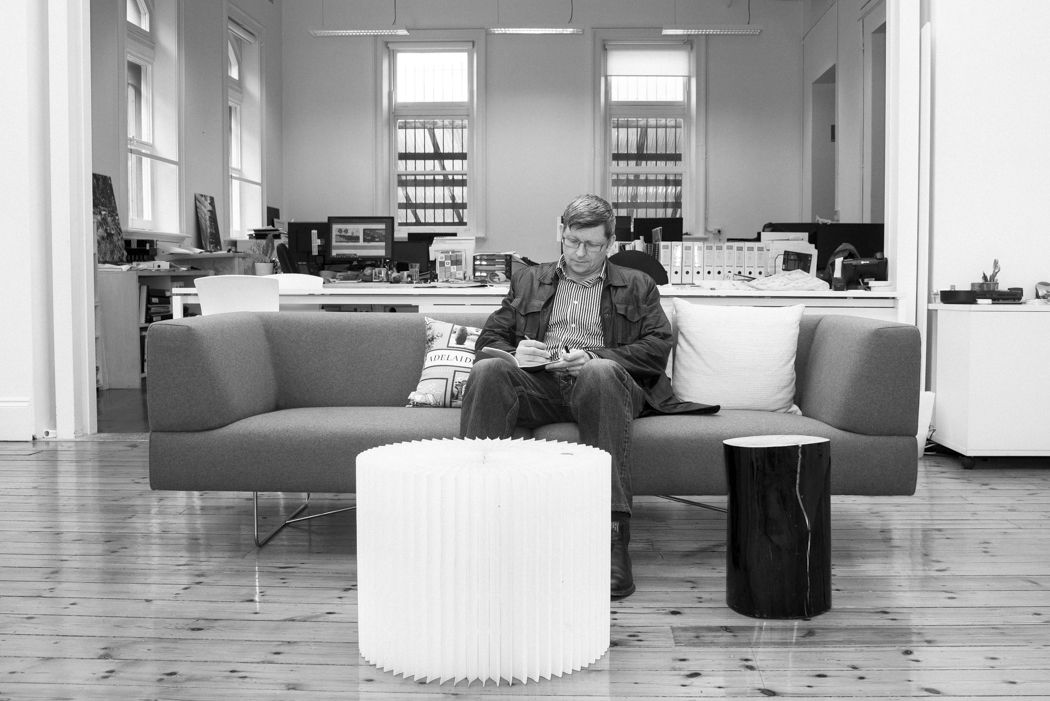
Damian Schultz at the T.C.L. Adelaide office. Photo: Lee Knowles.
What projects have you most enjoyed? What project/practices do you most admire?
I have been very fortunate to have worked on some amazingly diverse and memorable projects in my career. Some of these built projects include:
- Forest Gallery, Melbourne Museum;
- Tidbinbilla Redevelopment, ACT;
- Various national park infrastructure upgrades;
- North Terrace Redevelopment, Adelaide, SA;
- Victoria Square Redevelopment, Adelaide, SA;
- Bank Street Parklets, Adelaide, SA;
- Adelaide Botanic Gardens Wetland Redevelopment, Adelaide, SA;
- City Playspace, Hindmarsh Square Adelaide, SA;
- Adelaide Airport Plaza and water feature, Adelaide SA.
I love discovering smaller emerging practices or designers with a fresh way of thinking to partner or collaborate with to challenge my own approaches. Companies and projects that I admire include:
Internationally
- West 8;
- The “Highline” by James Corner, Field Operations;
- Frank Lloyd Wright’s Fallingwater;
- Mies Van der Rohe, Barcellona Pavillion & Farnsworth House;
- Santiago Calatrava for the fusion of engineering, sculpture and architecture;
- Zaha Hadid, her general Fluid Design approach;
- Parkroyal by WOHA;
- Miller Garden, by Dan Kiley;
- Marina Linear Park by Martha Schwartz;
- Andrea Cochrane Landscape Architects.
Locally
- Sunshine Coast Architects, Clare Design & JMA;
- Donovan Hill Architects;
- Glenn Murcutt;
- Troppo Architects;
- David Lancashire Design.




